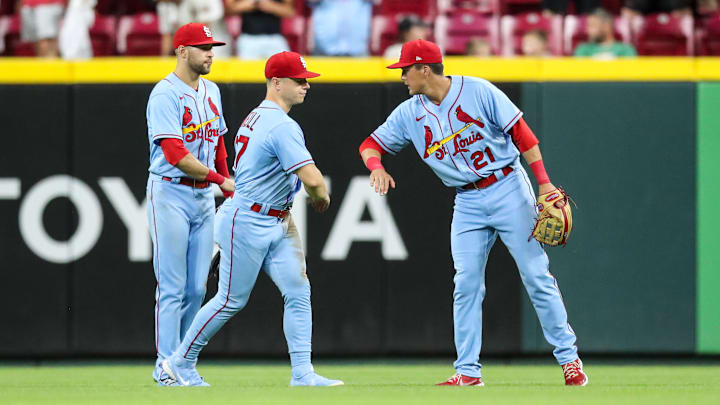Advertising their needs publicly
While it was no secret that the Cardinals needed pitching badly for both this year and next year, Mozeliak making it abundantly clear did not help the team's case. When it comes to business, great leaders avoid a competitor's strengths and capitalize on their weaknesses. Mozeliak made the team's weaknesses quite transparent.
The Cardinals' desperation for pitching allowed other front offices to capitalize on this. Other teams knew the Cardinals needed pitching, thus allowing them to possibly sell the Cardinals on lesser prospects. Had Mozeliak been a little more private about his team's plans to get pitching this year, he would have had a better bargaining chip in his back pocket.
Billy Eppler of the New York Mets, instead of going public and stating his team's needs at the deadline, had private conversations with his stars about the organization's path forward. By keeping it a secret that the team didn't intend to fully contend until 2025, he was able to target players who could help in that year. Had he shared this plan with the public, teams looking to add starting pitching and big bats may have been less willing to give him particular prospects.
By sharing publicly his plan, John Mozeliak gave opposing front offices a bargaining chip against him. Furthermore, it made the deadline results less inspiring given his clear statements about wanting a high-end starting pitcher. Selling is about focusing on the problem of the buyer, not necessarily your product. By focusing on his own problems, Mozeliak gave the upper hand in negotiations with the opposing front offices.
